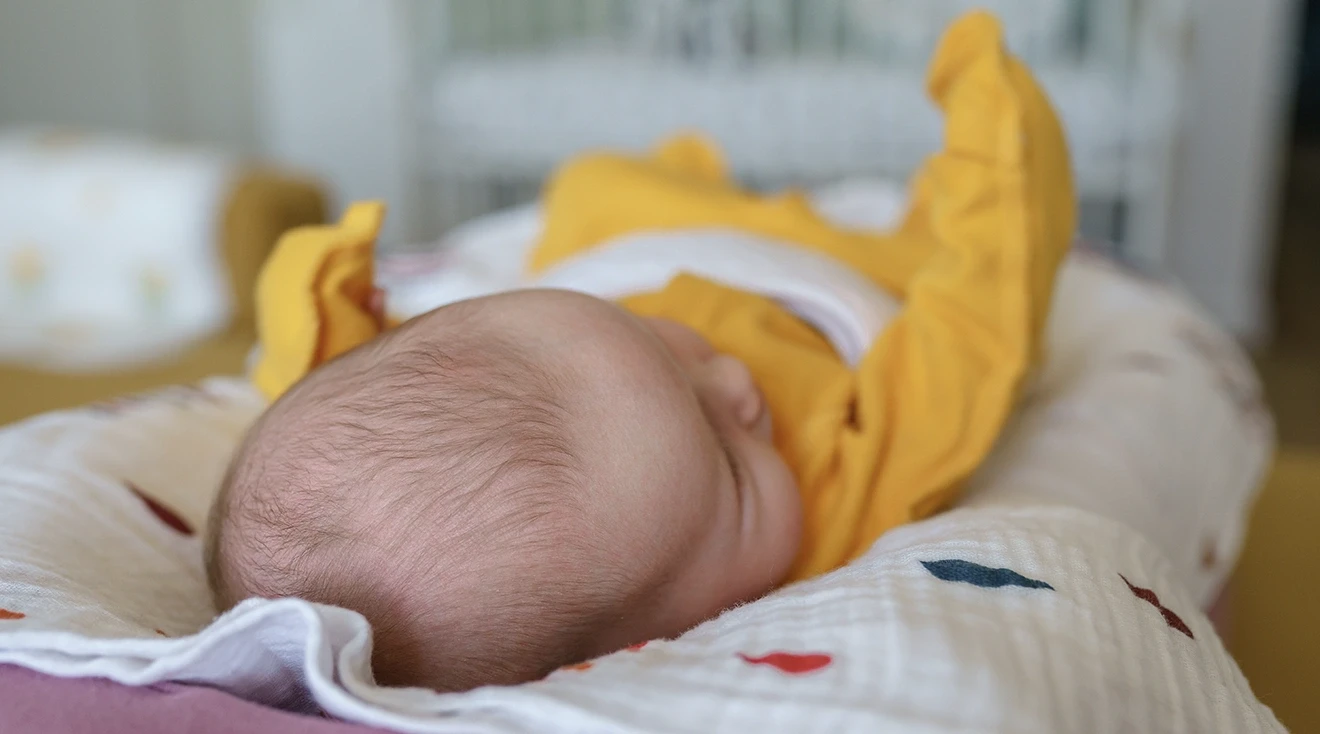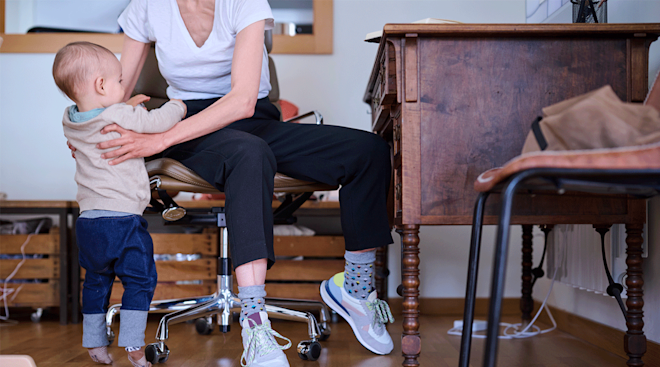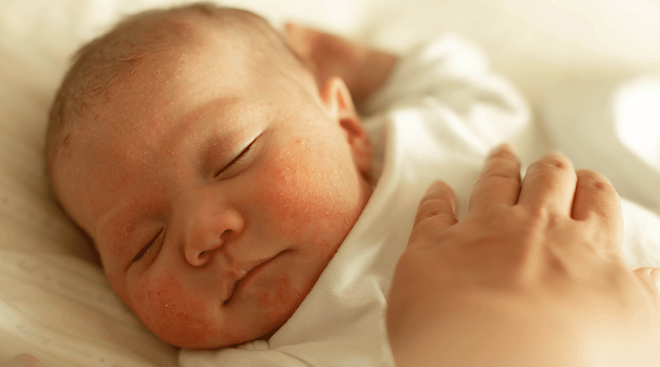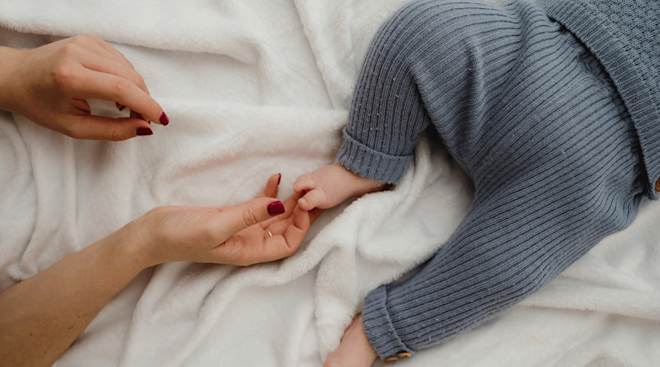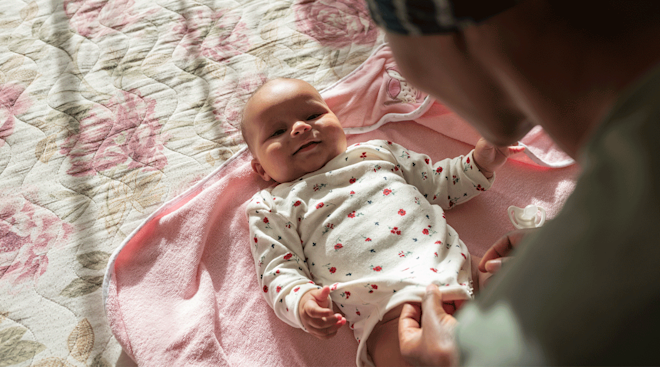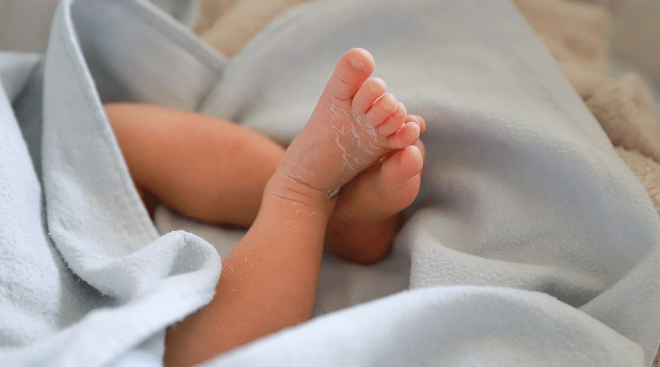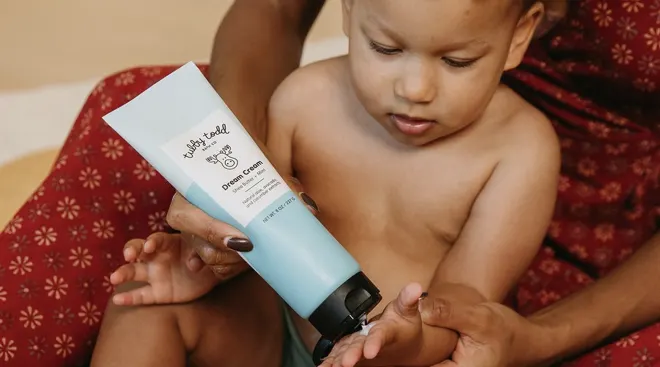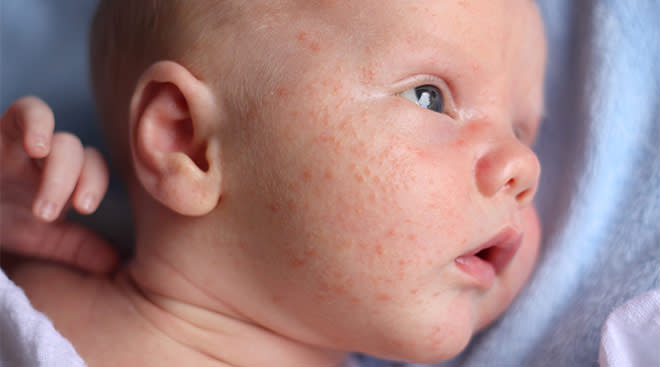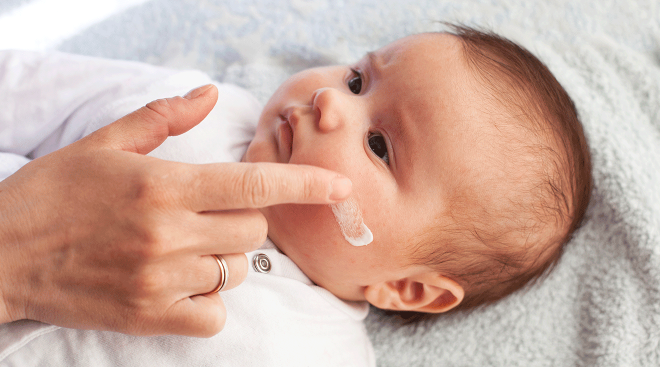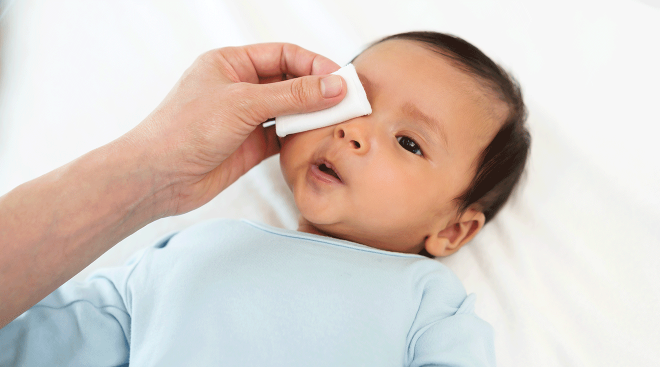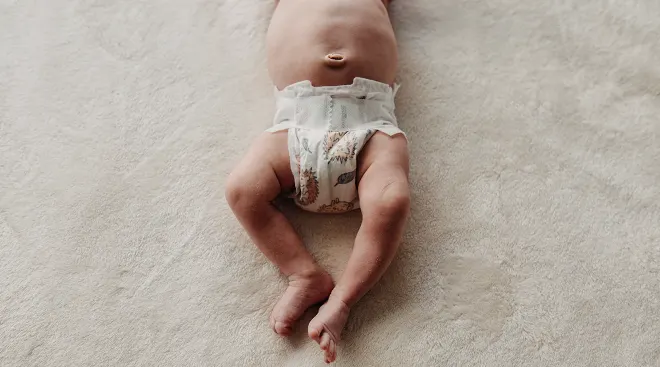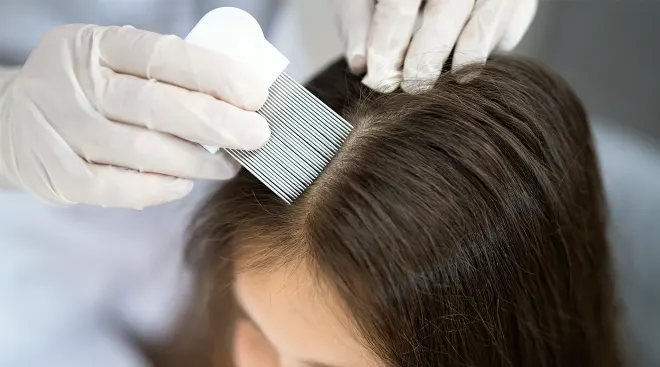Fontanelles: What Are the Soft Spots on Baby’s Head?
If you’re cradling your little one and feel a soft spot on baby’s head, don’t freak out—this is completely normal. But while most people are at least vaguely aware of these soft spots, the details—like, when do soft spots close?—can be murky. So if you’re fuzzy on the ins and outs of soft spots, also called fontanelles, you’re not alone. And if you’re pregnant or a new parent, it’s important to know about them so you can properly care for your newborn—and troubleshoot any issues. Read on for what you need to know about fontanelles.
Fontanelles (also spelled fontanels) are just a fancy name for the membrane-covered soft spots on baby’s head where the bones have yet to fuse together. “They’re basically defects in the bone that allow the skull and brain to grow very quickly in that first year of life,” says Danelle Fisher, MD, the chair of pediatrics at Providence Saint John’s Health Center in Santa Monica, California.
Naline Lai, MD, FAAP, a pediatrician at Children’s Hospital of Philadelphia, compares a newborn baby’s skull to the continents in the world: “It starts out as separate pieces and they gradually form into a skull.”
Babies actually typically have six fontanelles at birth. The most notable of the soft spots are called the anterior fontanelle and the posterior fontanelle.
Where is the anterior fontanelle on baby’s head?
The anterior fontanelle is the soft spot near the front of baby’s head. “If you draw a line between your ears where a headband would sit, that’s where the anterior fontanelle is,” Lai says. “It sits in the middle there.” The anterior fontanelle is the largest, and Fisher says it’s “pretty visible on some babies.”
Where is the posterior fontanelle on baby’s head?
The posterior fontanelle is toward the back of baby’s head. “It’s where a high ponytail would be,” Lai explains. “It’s usually very tiny.”
One major reason babies have soft spots on their head is to help them squeeze through the birth canal during birth. “If baby is going through the birth canal, the head and shoulders are very big,” Fisher says. Having soft spots allows the head to get “squished together to get through the birth canal,” she adds.
The soft spots also allow for “rapid growth of the brain,” which is developing quickly, says Fisher.
It’s understandable to be nervous about touching the soft spot on baby’s head. “It’s literally a window to the brain, so we want to be gentle,” Fisher says. But that doesn’t mean you can’t touch baby’s head at all: You can do things like wash baby’s head and brush their hair—just have a light touch. “You want to avoid anything that directly impacts the head because it’s a more vulnerable area,” she says.
Because of the fontanelles, newborns are sometimes born with a “cone head” after a vaginal delivery since they just squeezed through the birth canal, Fisher says. “It should get filled in with bony cells and closed. The head shape should eventually be nice and round,” she adds.
The fontanelles provide gaps for the bones to move during the first few months of life, so any pressure on the skull can influence baby’s head shape. “Because these parts of the skull move around a little bit, they’re not sealed,” Lai says. “If you press on any area, you can flatten that part of the skull.”
This includes back sleeping. While you should follow the American Academy of Pediatrics (AAP) guidelines to place baby on their back for sleep, this can cause a flat spot to form in the back of the head, Lai points out. “If you lie down on your back to sleep, and you spend the rest of the day looking up at your parents, you’ll get a flat back of the head,” she says. To avoid plagiocephaly (aka flat head syndrome), many pediatricians encourage tummy time.
Experts stress that you shouldn’t panic if you notice that baby’s soft spot appears to be pulsing. “It is [baby’s] pulse,” says Lai.
Fisher says that if baby otherwise seems healthy, this is a “completely normal” phenomenon. “The brain has pressure in it,” she explains. “Sometimes you can see these pulsations.”
While every baby is different, you can generally expect the posterior fontanelle to close at around two to three months, Lai says. The anterior fontanelle will typically close by 18 months, she says.
There are a few situations when it’s a good idea to talk to your pediatrician about baby’s soft spot:
Baby has a bulging fontanelle. If a soft spot is “popping up,” it can be a sign of pressure in the head, says Lai, and your pediatrician will want to evaluate it to make sure there isn’t extra fluid in the brain.
Baby has a sunken fontanelle. A sunken soft spot can be a sign of dehydration, Lai says.
Baby is fussy and there are soft spot changes. “If baby is sick and not doing well, and there are soft spot changes, that’s when it’s time to bring this to the doctor’s attention,” Fisher says.
In general, there’s no need to stress about the soft spots on baby’s head. But if something seems off, it’s never a bad idea to tell your pediatrician.
Please note: The Bump and the materials and information it contains are not intended to, and do not constitute, medical or other health advice or diagnosis and should not be used as such. You should always consult with a qualified physician or health professional about your specific circumstances.
Plus, more from The Bump:
Danelle Fisher, MD, is a pediatrician and chair of pediatrics at Providence Saint John’s Health Center in Santa Monica, California. She earned her medical degree from the Albert Einstein College of Medicine of Yeshiva University in New York.
Naline Lai, MD, FAAP, is a pediatrician at Children’s Hospital of Philadelphia. She earned her medical degree from the University of Pittsburgh School of Medicine.
Learn how we ensure the accuracy of our content through our editorial and medical review process.
Navigate forward to interact with the calendar and select a date. Press the question mark key to get the keyboard shortcuts for changing dates.
































